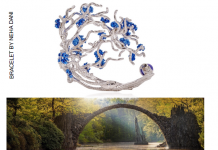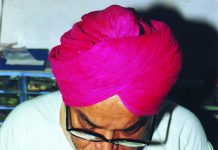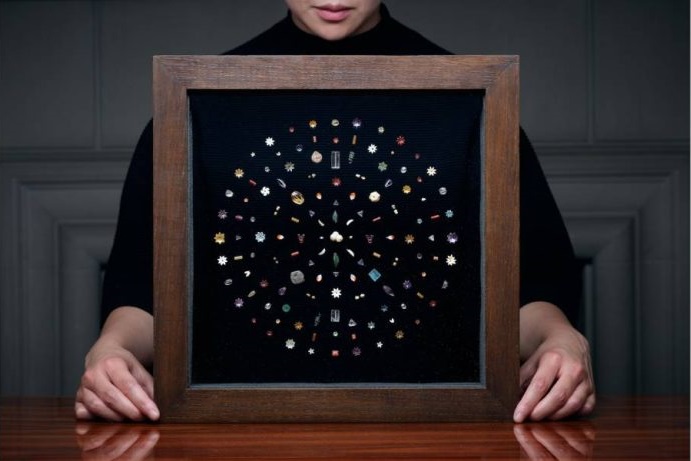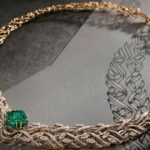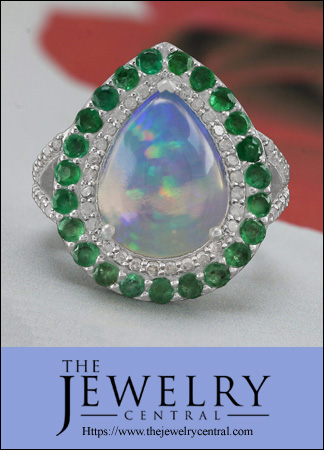On May 7, Sotheby’s Hong Kong will host a momentous event in the annals of Buddhist heritage and antiquities: the first-ever auction of the Piprahwa Gems of the Historical Buddha, a collection of sacred relics attributed to Shakyamuni Buddha and unearthed over a century ago in present-day Uttar Pradesh, India.
These extraordinary artefacts were discovered in 1898 by William Claxton Peppé, a British engineer and estate manager, during an excavation of the Piprahwa stupa—widely believed to be ancient Kapilavastu, the childhood home of the Buddha. Hidden within a carved sandstone coffer, Peppé uncovered five reliquaries, one crafted from rock crystal with a distinctive fish-shaped handle. The containers held an astonishing trove: nearly 1,800 gemstones, gold sheets, ash, bone fragments, and intricately designed ornaments.
An inscription in late Mauryan Brahmi, later interpreted by scholars Vincent Smith and Harry Falk, identifies the remains as belonging to members of the Shakya clan, the Buddha’s own lineage. This critical epigraphic evidence, reinforced by early Buddhist scriptures such as the Mahāparinibbāna-sutta, confirms Piprahwa as the only verified archaeological site containing authenticated relics of the Historical Buddha.
Portions of the relics were gifted to King Rama V of Siam shortly after the discovery and were later enshrined in major Buddhist centers across Thailand, Myanmar, and Sri Lanka. The bulk of the gemstones remain preserved at the Indian Museum in Kolkata. However, the Peppé family retained a select portion—roughly 20%—which is now making its public debut through Sotheby’s.
The collection is remarkable for both its spiritual and material richness. It includes exquisite amethysts, garnets, pearls, sapphires, coral, and gold adornments—many fashioned into beads, pendants, and floral motifs. Standout pieces feature garnet pendants shaped as tri-ratna symbols representing the Three Jewels of Buddhism: the Buddha, the Dharma, and the Sangha. Other items depict regal lions, auspicious footprints, and what may be one of the earliest representations of the swastika in Buddhist iconography.
Experts have noted the unrivaled scale and artistry of the Piprahwa finds, surpassing comparable relics from other revered sites like Sanchi, Taxila, and Bodh Gaya. Their sophistication suggests imperial sponsorship—possibly by Emperor Ashoka during his 3rd century BCE restoration of the site.
More than just historical curiosities, these relics are venerated symbols of devotion and living embodiments of the Buddhist faith. In the words of an ancient Buddhist maxim, “To see the relics is to see the Buddha.” Sotheby’s upcoming auction offers an unprecedented chance to encounter and acquire a fragment of sacred history.
Disclaimer: This information has been collected through secondary research and TJM Media Pvt Ltd. is not responsible for any errors in the same.

